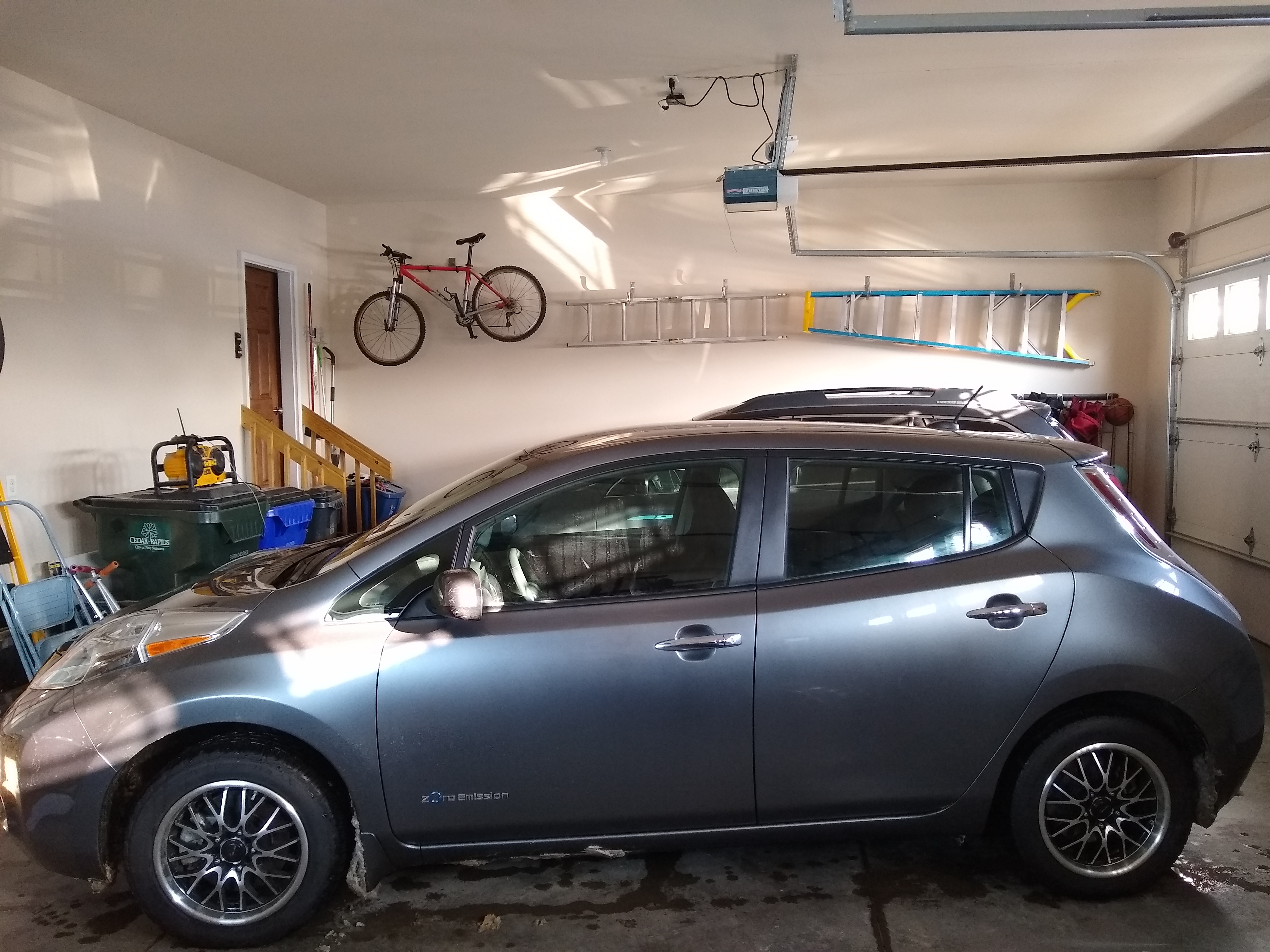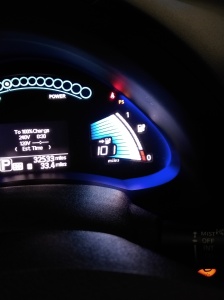Do you ever have weeks go by where you stop. Look up, and wonder, “Where did the last month or so go?” Yep, I am having one of those periods of time.
On to the links…
The Huge Chill: Why Are American Refrigerators So Big?—I found this exploration into the gargantuan size of American refrigerators fascinating. Maybe our fascination with giant sized cooling boxes and Costco sized quantities is a bad thing? Hmmm….
How America Cultivated a Generation of Obesity—The idea of a hamburger’s pickles being considered a vegetable in terms of a serving is just asinine. But, someone figured out a way for a few parties to make money so it became law. I do like how the anti-fat crusade of my childhood is getting some of the blame for our current dietary straits. When I was a kid no one wanted to eat anything with fat. If a package said “fat free” it was carte blanche to eat. Too bad all those carbs made us fat.
Unease in Hawaii’s Cornfields—You do not think about Hawaii having corn or soybean fields, but such fields are very common on Kauai. There is a growing sentiment on the islands that these fields of GMO crops are not welcome visitors from the mainland.
How to Build a Cider Press and Harvest Apple Juice—After reading this I spend my days walking around the area looking at the apple trees dropping fruit no one wants and daydreaming about making gallon upon gallon of fresh pressed cider. I am also daydreaming about using my homebrew skills to make some homebrew apple hooch.
Just What is in a Chicken Nugget—I am glad that someone asked the question and did the science, but I am now even more disturbed. Only 40% meat? Fat, cartilage, and pieces of bone make up the rest? Reminds me of the classic John Candy movie The Great Outdoors when the he is challenged to eat the Ol’ 96er. At the end the cook says he needs to eat what’s left on the plate. But it’s just fat and gristle. Part of the weight.
All You Can’t Eat, Pigs Will—This is a great story from a while back about a hog farmer that takes the leftovers from Las Vegas buffets and feeds them to his animals. I wonder if the animals also wake up in a few days sunburned and full of regret.
The Largest Coal-Fired Power Plant In New England Is Shutting Down—It’s not the dirtiest coal plant in New England, but the Brayton Point Power Station is the largest of six coal fired plants in New England and it will be retired in 2017. Good riddance!
Illustrating How the Keystone XL Tar Sands Pipeline Fails President’s Climate Test—This article is just filled with data and charts that show just how awful the Keystone XL pipeline would be for the environment. As if most people with half a brain who follow the news did not already know that. There are three or four such people out there.
New Arizona Solar Plant Uses Salt To Keep Producing Electricity When The Sun Goes Down—It’s electricity derived from solar energy after the sun goes down. It’s not from a traditional battery, per se, but rather a bank of molten salt that stores heat to create steam to drive turbines later. Freakin’ cool.
Is Solar Power Facing a Dim Future?—Too often the story about solar power focuses on the panel makers and the trouble that these providers are having. Panels, however, are turning into a commodity and that business is defined by the race to the bottom in terms of price. Solar is here to stay!
Could Mexico be at the Start of a Solar Boom—Mexico has some pretty audacious goals. It wants to generate 35% of its power from renewable sources by 2026, which would be up from ~15% today. Solar is part of that equation because like the American Southwest a large swath of the country is bathed in excellent solar resources.
How Apps are Helping Us Drive Less—The U.S. Public Interest Research Group (PIRG)—an acronym that is almost as convoluted sounding as SHIELD—released a report that finds our mobile technology is helping drive the trend toward less driving. Anything that gets us out from behind the wheel is a good thing.
Industry Ahead of Schedule on Mileage Goals—According to an official at the EPA, the auto industry is ahead of pace to meet the new mileage goals instituted recently. It’s amazing how these new targets were going to be catastrophic according to the pundits on the right, but now industry is ahead of the game. Oh, and how is the auto industry doing right now? Pretty dang well.
Plastic Waste is Hazardous for Sub-Alpine Lakes as Well—Is there anywhere that our plastic pollution will not soil? Just asking.
Engine Exhaust May Be Contributing to Bee Colony Collapse—Is there anything that we humans do anymore that is good? It seems like every action we take has a dark side that harms the environment. It’s enough to get someone down in the dumps.
Fall of USSR Locked Up World’s Largest Carbon Sink—Apparently, when the USSR fell into disunion millions of acres of farmland went fallow. Over the years those millions of acres have sucked up carbon to become one of the biggest carbon sinks in the world.
The Scary Truth About Antibiotic Overprescription—Most of the press on this issue relates to the insane amount of antibiotics that we feed farm animals in feedlot operations. However, humans are over prescribed antibiotics as well. Great.
Dirtball’s ‘Green’ Jeans Are Made In U.S. From Recycled Water Bottles—It was not the recycled content of the jeans that really caught my eye, but the infographic showing where all of the components were sourced from. Too often we think of “Made in the USA” to mean assembled here from foreign parts, but the supply chain is critical to creating sustainable industries.






